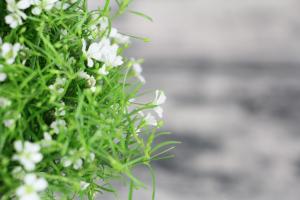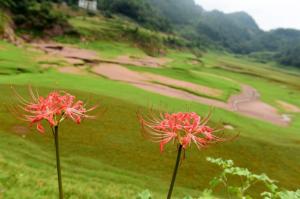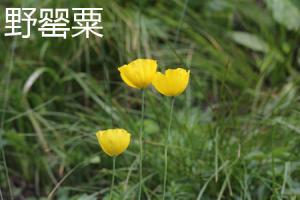How Far Apart to Plant Red Bud Trees
Red Bud trees are a popular landscaping choice due to their striking pink and purple blooms in early spring. However, knowing how far apart to plant these trees is crucial for their growth and overall health. The spacing of Red Bud trees depends on various factors, including the climate and soil conditions, the expected size of the tree, and the planting area's availability. In this article, we'll cover the optimal spacing for planting Red Bud trees.
Factors Affecting Planting Distance
Several factors affect the spacing of Red Bud trees, such as the expected size of the tree, its growth rate, the climate in the area, and soil conditions. Red Bud trees can grow from 20 to 30 feet tall and 20 to 35 feet wide, depending on the variety. Some cultivars can grow even taller, reaching up to 50 feet. This means that the planting distance of Red Bud trees should be proportional to their expected size to prevent overcrowding.
Moreover, the growth rate of Red Bud trees varies between cultivars. Some varieties grow faster than others, while some are slow-growing. It's important to consider the tree's growth rate when planting, so you don't end up with overcrowded or stunted trees. The climate in the area and the soil type also play a role in the planting distance. Red Bud trees prefer moist, well-drained soil and can thrive in zones 4 to 9.
Optimal Spacing for Planting Red Bud Trees
The optimal spacing for planting Red Bud trees is around 10 to 20 feet apart, depending on their expected size. If you're planting a smaller variety, such as the Oklahoma Red Bud, which typically grows up to 20 feet tall and 15 feet wide, you can plant them around 10 to 12 feet apart. For larger cultivars, such as the Forest Pansy Red Bud, which can grow up to 30 feet tall and wide, you should space them around 15 to 20 feet apart.
However, if you have limited space, you can plant Red Bud trees closer than the optimal spacing. In this case, you can opt for a multi-trunk Red Bud, which means you can plant two or three trees close together and train them to grow in a single tree form. This technique allows you to grow Red Buds in a small space while still enjoying their full beauty and bloom.
Conclusion
When planting Red Bud trees, it's essential to consider the appropriate spacing for their growth and overall health. The optimal spacing for planting Red Bud trees ranges from 10 to 20 feet apart, depending on their expected size. However, if you have limited space, you can opt for multi-trunk Red Buds, which allows you to enjoy their full beauty and bloom, even in a small planting area. With the right spacing and care, Red Bud trees can enhance the beauty of your landscape for years to come.

 how many times do yo...
how many times do yo... how many planted tre...
how many planted tre... how many pine trees ...
how many pine trees ... how many pecan trees...
how many pecan trees... how many plants comp...
how many plants comp... how many plants can ...
how many plants can ... how many plants and ...
how many plants and ... how many pepper plan...
how many pepper plan...































